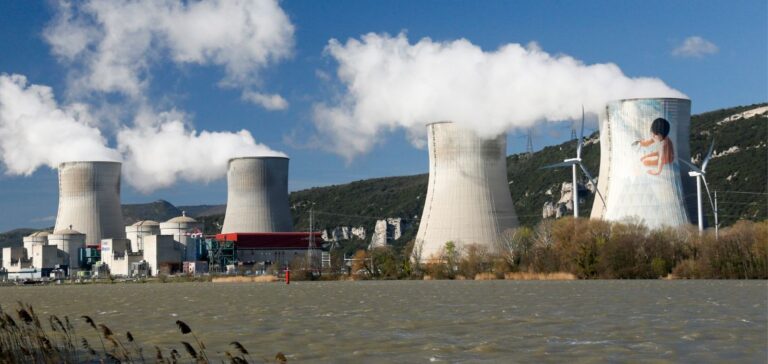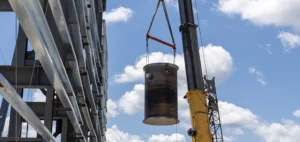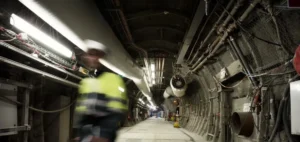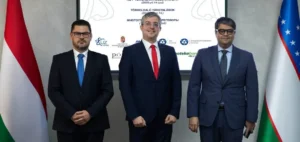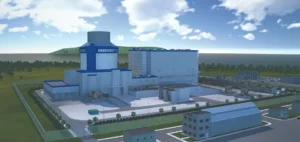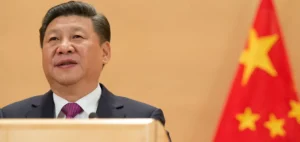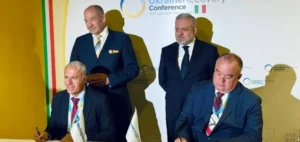The “remontada” of the French nuclear industry took place before Christmas, but not everything is settled: the announcement in the last few days by EDF of major “preventive” repairs on reactors augurs a year 2023 that is still uncertain for the security of the country’s electricity supply.
It all started with an EDF information note published, in all discretion. At a time when EDF is reconnecting many reactors just in time for winter, the group is announcing repairs to be carried out next year on six reactors exposed to corrosion risks. That is more than five months of immobilization each. “Obviously, it is a bad news, we are in a black series. At a time when electricity is expensive, the megawatt-hour that we do not produce is a terrible loss of earnings”, underlines Julien Teddé, general manager of the broker Opera Energy.
These announcements come at a time when in 2022 nuclear production will reach its lowest historical level, between 275 and 285 terawatt-hours (TWh), as a result of late maintenance since Covid-19, and the discovery at the end of 2021 of a corrosion problem on crucial piping, whose role is to inject streams of water to cool the core in case of an accident
Rather than checking them one by one, the group has decided to treat automatically before the end of 2023 its 16 most recent and powerful reactors, which by their design are very exposed to this risk of cracks. To date, ten are already repaired or in progress, and six will be repaired in 2023. Objective: to save time.
Caution
However, the restart schedules announced by EDF for 2022 have almost never been kept, foreshadowing delays in 2023 as well. “We must remain cautious because EDF has always been too optimistic about its work schedules,” notes Emeric de Vigan, vice president in charge of electricity markets at Kpler. “A hazard such as corrosion disrupts the maintenance schedule, so we can expect EDF to revise its schedule soon,” he continues.
Since last Friday, EDF has already announced that four reactors (out of 56) could not be reconnected before the end of this winter, three of them because of these same corrosion problems. As a result, the announcement of these longer-than-expected outages “risks derailing the planned 300-330 TWh production in 2023 by removing 28-32 TWh” in the first half of the year, estimates Patricio Alvarez, analyst at Bloomberg Intelligence. For the time being, EDF maintains its production target in 2023, with the obsession of “preserving the winter of 2023-2024”.
“300-330 TWh is still more than in 2022, but it is still very very low, far from the time when EDF produced 430 TWh as in 2005″, underlines Mr. Teddé. For all that, the risk of tensions on the electricity supply should not be worse next year than in 2022. “I am not arch-pessimistic, because there is a lot of gas that will continue to arrive thanks to American LNG, and the drop in electricity consumption is there. We will still have the same suspense but the situation should be better,” predicts Emeric de Vigan.
For its part, the high-voltage network operator RTE has provided reassuring analyses for the coming winter, although this will have to be confirmed in June in its forecast for the coming years.
“Tensions are not expected to disappear completely in the winter of 2023-24, but the situation will not be more critical than this winter of 2022-23, when the availability of the nuclear fleet was only 35 GW on December 1,” says Thomas Veyrenc, executive director of RTE. The immobilization of the six reactors for repair for five months in 2023, will concern “more specifically the spring and summer” and will be compensated by the return of those repaired at the moment. In fine, RTE foresees “a rise during the autumn to maximize production during the winter”. And the security of supply will not only depend on nuclear power: “if efforts to reduce energy consumption are maintained at their current level (-9%), the risk of tension will be reduced”, according to RTE, which also insists on accelerating the development of renewable energies.

